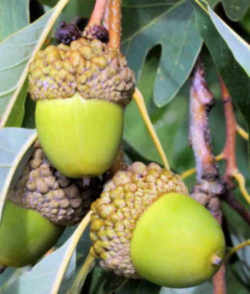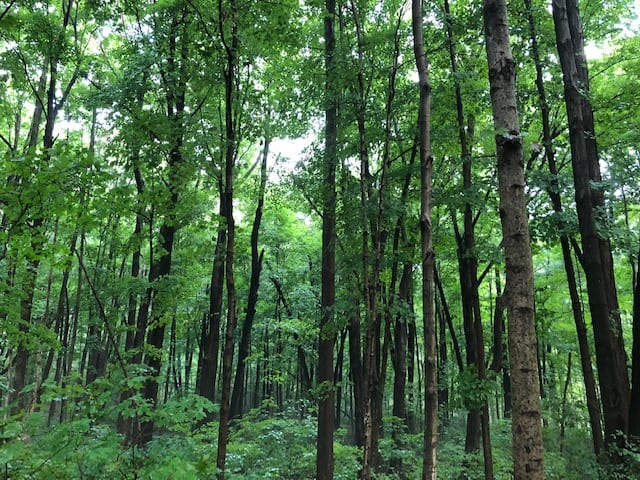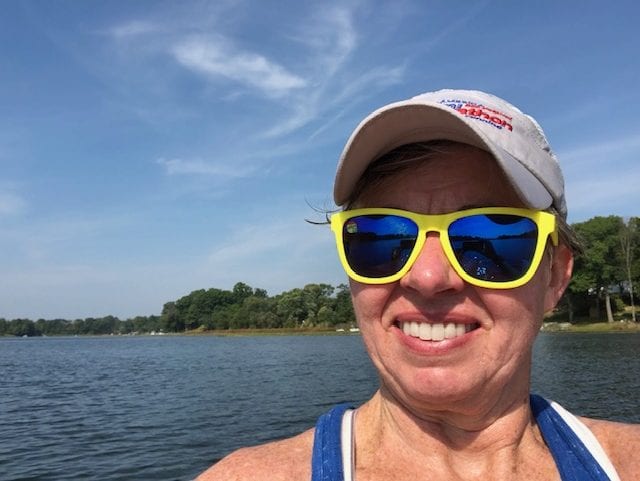ForestIN is a program to increase the state’s tree canopy by planting a million trees. Indiana DNR’s Division of Forestry will manage the effort, provide seedlings, and coordinate with divisions, non-profits, businesses and the general public to bring more trees to the Hoosier state.
Governor Holcomb kicked off ForestIN, in his 2020 State of the State speech:
“I’ve directed the Department of Natural Resources to plant another million trees on top of that over the next five years. That extra timberland will perfectly complement our $100 million renovation to our incredible memory-making state parks.” – Governor Eric J. Holcomb, January 14, 2020
More than 200,000 oak trees will be planted this year! Oak trees are uniquely suited for the Hoosier state. Oak is one of the top ten trees to plant for carbon storage. According to researchers at Cornell University, 50-year old oak forest sequesters about 30,000 pounds of carbon dioxide each year per acre, .

What Will Be Planted?
Seems like a silly question since I just told you over 200,000 oak trees will be planted. But did you know there are hundreds of different species of oaks? Oak is part of the common name in the genus Quercus, from the Latin for “oak tree”.
- White Oak (Quercus alba) ~ 74,000
- Red Oak (Quercus rubra) ~ 100,000
- Chinkapin Oak (Quercus muehlenbergii Englemann) ~ 17,500
- Swamp Chestnut Oak (Quercus michauxii Nutall) ~ 17,500

Oaks support over 550 species of butterflies and moths with habitat needed for reproduction and provide forage area for some species of bats.
These young forest habitats will provide abundant food for both migrating wildlife as well as those that stay year-round. They will also provide cover from predators and structure for nesting. Wild Turkey, Ruffed Grouse and American Woodcock all use young forests for brood rearing and feeding. These forests will also benefit pollinators like butterflies, moths and bees by providing food, nectar and habitat.

“He who plants a tree. Plants a hope.”
Lucy Larcom
I think we can all use a little hope right now. What an amazing legacy to leave to future generations. Well done Indiana!
To find out more about this project, where these trees are being planted and how you can get involved, visit Indiana DNR

Hi, I’m Debbie Palmer. I received a BS in Horticulture from Purdue University. Here at LMEF, I am responsible for outreach presentations, monitoring the lake and it’s wetlands, project manager for restoration and research projects, and act as a community resource for all things related to the well-being of Lake Maxinkuckee and its surrounding watershed. I completed Indiana Watershed Leadership Academy, volunteer with the Indiana Clean Lakes Program, Hoosier River Watch and Marshall County Lakes and Waters and serve as a Board Member for Indiana Lakes Management Society.


This is awesome!!!